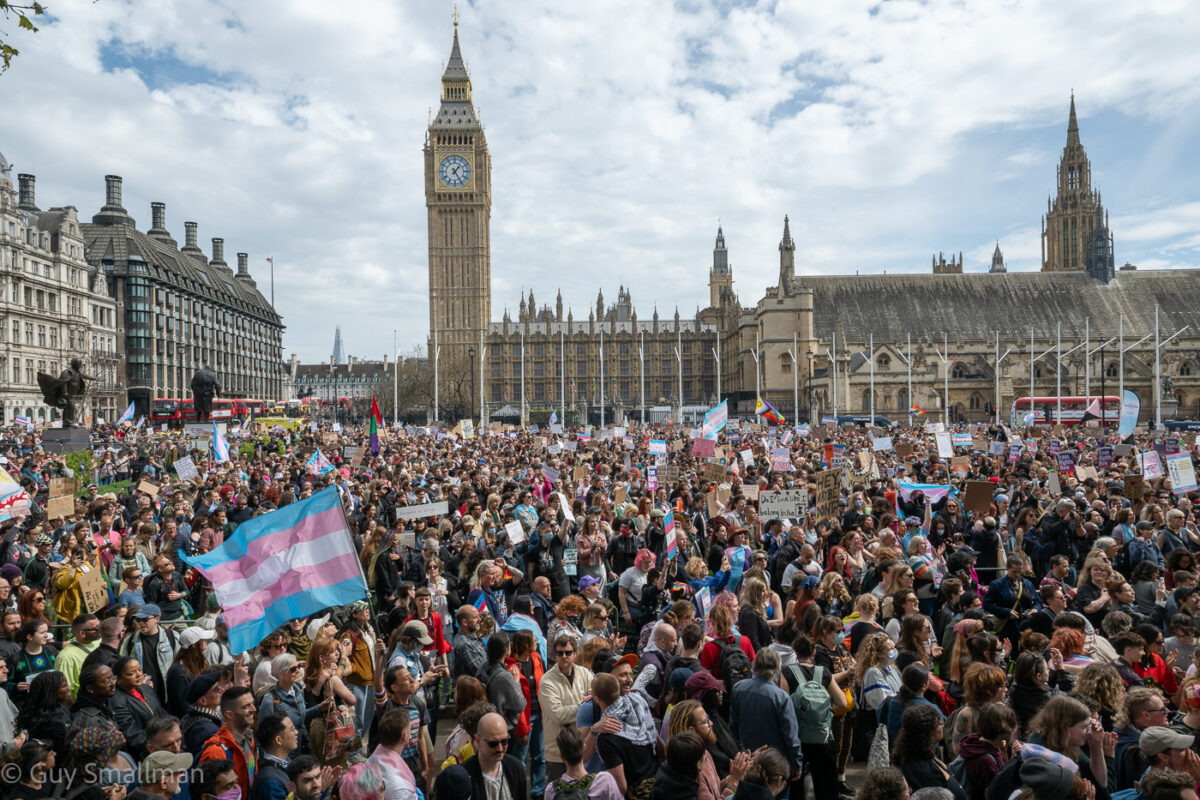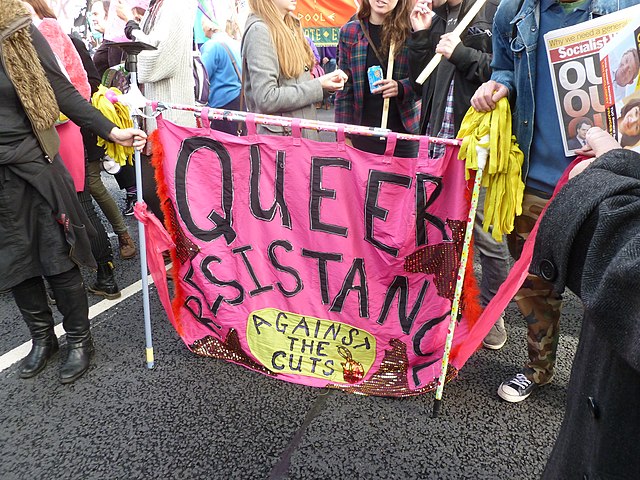Rebellious Daughters of History #23
by Judy Cox
Labour Movement Martyrs and their Stories: Ella May Wiggins (1900 – 1929) and Mary Heaton (1874-1966)

Ella May was born Sevierville, Tennessee, in 1900 and by 1926 she had settled in an African-American neighbourhood in Gaston County. Her neighbours looked after her nine children as she worked as a spinner at American Mill No. 2. She worked twelve-hour days, six days a week, earning about nine dollars a week’.
Ella May became a bookkeeper for the Communist-led union. She travelled to Washington DC, to testify about labour practices in the South:
‘I’m the mother of nine. Four died with the whooping cough, all at once. I was working nights, I asked the super to put me on days, so’s I could tend ‘em when they had their bad spells. But he wouldn’t. I don’t know why. … So I had to quit, and then there wasn’t no money for medicine, and they just died’.
Ella May sang ballads, including her best-known song, ‘A Mill Mother’s Lament’, which was recorded by Pete Seeger.
Wiggins organised African-American workers alongside whites, and her local NTWU branch was one of few to admit African-Americans to the union.
On September 14, 1929, she and some other union members drove to a union meeting in Gastonia. They were met by an armed mob and turned back. They had driven about five miles toward home when they were stopped by a car; armed men jumped out and began shooting. Wiggins was shot in the chest and killed. Her five children were sent to live in orphanages.
Five Loray Mill employees were charged in Wiggins’s murder but were acquitted after less than 30 minutes in a trial in Charlotte in March 1930 despite 50 witnesses.
She was buried in the Bessemer City Cemetery with a gravestone inscribed, ‘She died carrying the torch of social justice’. Three of her children were later buried near her.
Ella May Wiggins life—and death—became the grist for many works of fiction inspired by true events, including Strike!, a 1930 work by Mary Heaton Vorse, another labour activist and socialist.

Mary Heaton was born October 11, 1874, in New York City. She left school and spent time in Paris studying art. In 1896 she married her first husband, journalist Albert White Vorse, in October 1898 and had two children and campaigned for women’s rights.
In 1904, the Vorses moved to Venice, where Mary was first introduced to labour struggles. Bert died in 1910 and Mary married another journalist Joe O’Brien, a socialist she met at the 1912 Lawrence Textile Strike. The couple had one child who died a year later.
Mary campaigned against World War I and was a founding member of the Woman’s Peace Party in January 1915. She was the delegate of the New York Woman Suffrage Party to an International Women’s Peace Congress.
Mary wrote for many left wing newspapers, including Crystal Eastman’s The Masses and wrote several novels, including ‘Strike!’ Mary participated in and reported on the Lawrence Textile Strike, the steel strike of 1919, the textile workers strike of 1934, and coal strikes in Harlan County, Kentucky.
From 1919 to 1923, Mary was in a relationship with the radical political cartoonist and Communist Party functionary Robert ‘Fighting Bob’ Minor.
Mary died in 1966 aged 92. You can hear Pete Seeger singing A Mother’s Lament ,here.



